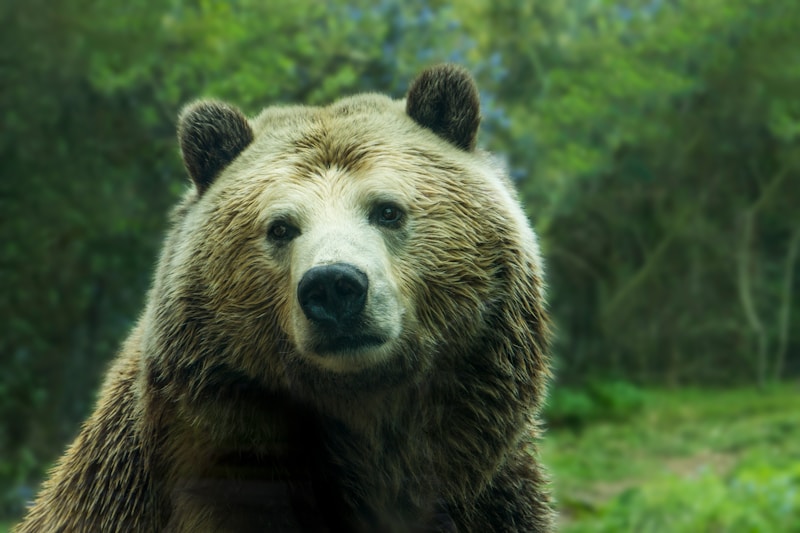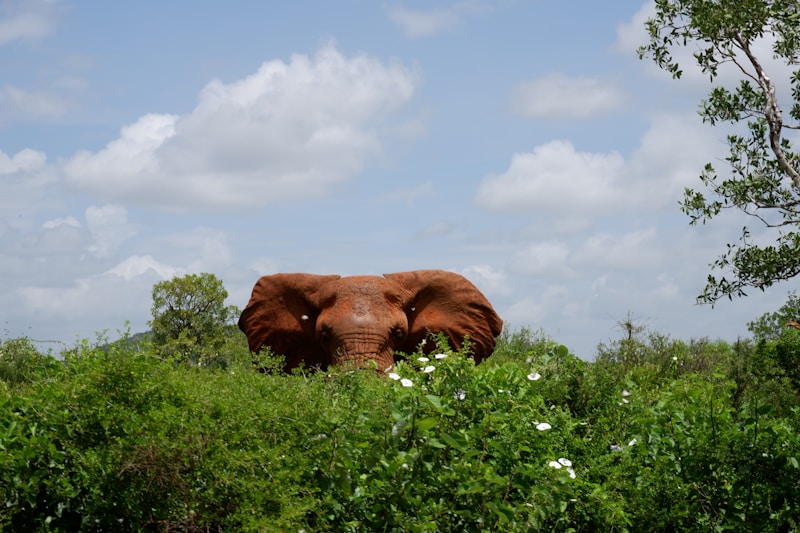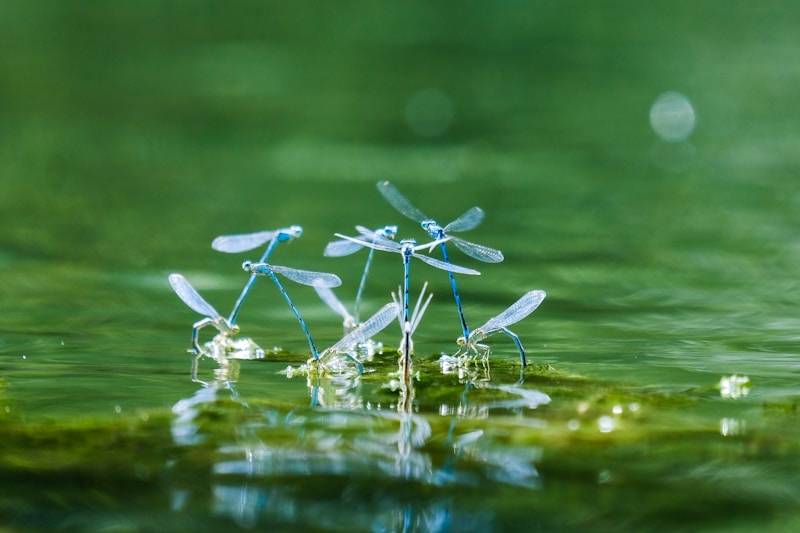Questions and Answers
Which mode of reproduction does not require the fusion of gametes?
Asexual reproduction
In which animals is asexual reproduction most commonly observed?
Flatworms and hydra
What is a form of asexual reproduction where an unfertilized egg develops into an adult?
Parthenogenesis
Which type of life cycle involves offspring developing and hatching as adults without a larval stage?
Signup and view all the answers
Which life cycle strategy involves individuals reproducing multiple times throughout their life?
Signup and view all the answers
In animals, where is internal fertilization most commonly observed?
Signup and view all the answers
What is a key characteristic of sexual reproduction in animals?
Signup and view all the answers
Which stage of sexual reproduction involves the production of sperm cells in males and eggs in females?
Signup and view all the answers
In which type of fertilization do sperm and egg meet outside the body of either parent?
Signup and view all the answers
What is the primary purpose of sexual reproduction in animals?
Signup and view all the answers
Which mode of reproduction involves the formation of offspring without the involvement of gametes from two distinct individuals?
Signup and view all the answers
During what stage does genetic recombination occur in sexual reproduction?
Signup and view all the answers
Study Notes
Reproduction in Animals
Reproduction is a fundamental aspect of life for all organisms, including animals. This process ensures the continuation of species and the passing on of genetic information. Two primary modes of reproduction are observed among animals: sexual reproduction and asexual reproduction. Each comes with distinct features and impacts on the life cycle of species.
Sexual Reproduction
Sexual reproduction occurs when two genetically distinct individuals combine their genes to produce offspring. A key characteristic of sexual reproduction is that it results in the formation of diploid zygotes (having two sets of chromosomes) with a unique genetic composition. This genetic recombination is crucial for the evolution and adaptation of species.
Sexual reproduction is typically divided into three stages: gametogenesis, fertilization, and embryonic development. During gametogenesis, males produce sperm cells, and females produce eggs or ova. Fertilization occurs when a sperm cell fuses with an egg cell, resulting in a diploid zygote. The zygote then develops into an embryo, eventually forming a new organism.
Some animals engage in external fertilization, where the union of sperm and egg occurs outside the body of either parent. Examples of animals that practice external fertilization include most marine invertebrates and fish. In contrast, internal fertilization occurs when sperm and egg meet within the female's body. This method is employed by animals such as mammals, birds, and reptiles.
Asexual Reproduction
In contrast to sexual reproduction, asexual reproduction occurs when an individual produces offspring that are genetically identical to themselves. This mode of reproduction does not require the fusion of gametes and is most commonly observed in invertebrates, such as flatworms, hydra, and some insects.
Asexual reproduction can occur through various methods, including budding, fragmentation, and parthenogenesis. In budding, a new individual develops from a small outgrowth on the parent's body. Fragmentation involves the separation of a piece of the parent's body, which then develops into a new individual. Parthenogenesis is a form of asexual reproduction where an unfertilized egg develops into an adult without the fusion of gametes.
Life Cycle of Animals
The life cycle of an animal refers to the sequence of stages in its development from conception to maturity and eventual death. As animals have evolved, their life cycles have diversified, adapting to their unique environments and reproductive strategies.
Among animals, life cycles are categorized into three primary types: direct development, indirect development, and iteroparity. Direct development is a type of life cycle where offspring develop and hatch as adults, bypassing the larval stage. This life cycle is typical of mammals, birds, and some reptiles. In contrast, indirect development is a life cycle where offspring develop through a free-living larval stage before transforming into adults. Indirect development is common among insects, amphibians, and fish. Iteroparity is a life cycle strategy where individuals reproduce multiple times throughout their life, producing direct-development offspring.
In conclusion, reproduction in animals is essential for the continuation of species and the passing on of genetic information. Sexual and asexual reproduction are two primary modes of reproduction, each with unique characteristics that influence the life cycle of animals. Understanding the diverse reproductive strategies among animals provides valuable insights into the evolution and adaptation of species.
Studying That Suits You
Use AI to generate personalized quizzes and flashcards to suit your learning preferences.
Description
Learn about the fundamental aspects of animal reproduction, including sexual and asexual reproduction. Explore the processes of sexual reproduction stages, such as gametogenesis and fertilization, as well as asexual reproduction methods like budding and parthenogenesis. Dive into the diverse life cycles of animals, from direct development to iteroparity.




